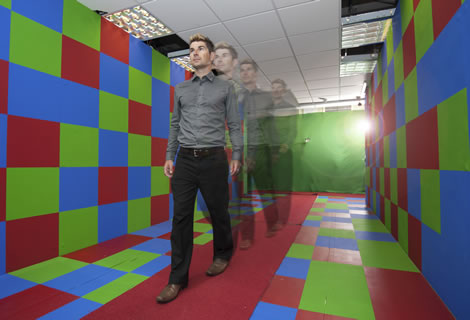
Undergraduate study
MEng Computer Science with Cyber Security

MEng Computer Science with Cyber Security

MSc Cyber Security

Cyber Security Academy

Pioneering research into global cyber threats to be led by Professor Vladimiro Sassone

Discover the work we are doing to help fight cyber crime and train the cyber security experts of the future

Discover the work we are doing to help fight cyber crime and train the cyber security experts of the future

Pioneering research into global cyber threats to be led by Professor Vladimiro Sassone

Cyber Security Academy

MSc Cyber Security

MEng Computer Science with Cyber Security

In the chaotic aftermath of a natural disaster, responders are often unsure whether their resources are being put to best use. Research being led by Southampton’s Professor Nick Jennings means an army of smart software and drones could change that.
Read more
The University of Southampton is at the forefront of research into gait biometrics that identifies people by the way they walk. Its pioneering research has had an impact on public policy, national security processes, forensic practice and the economy.
Read more